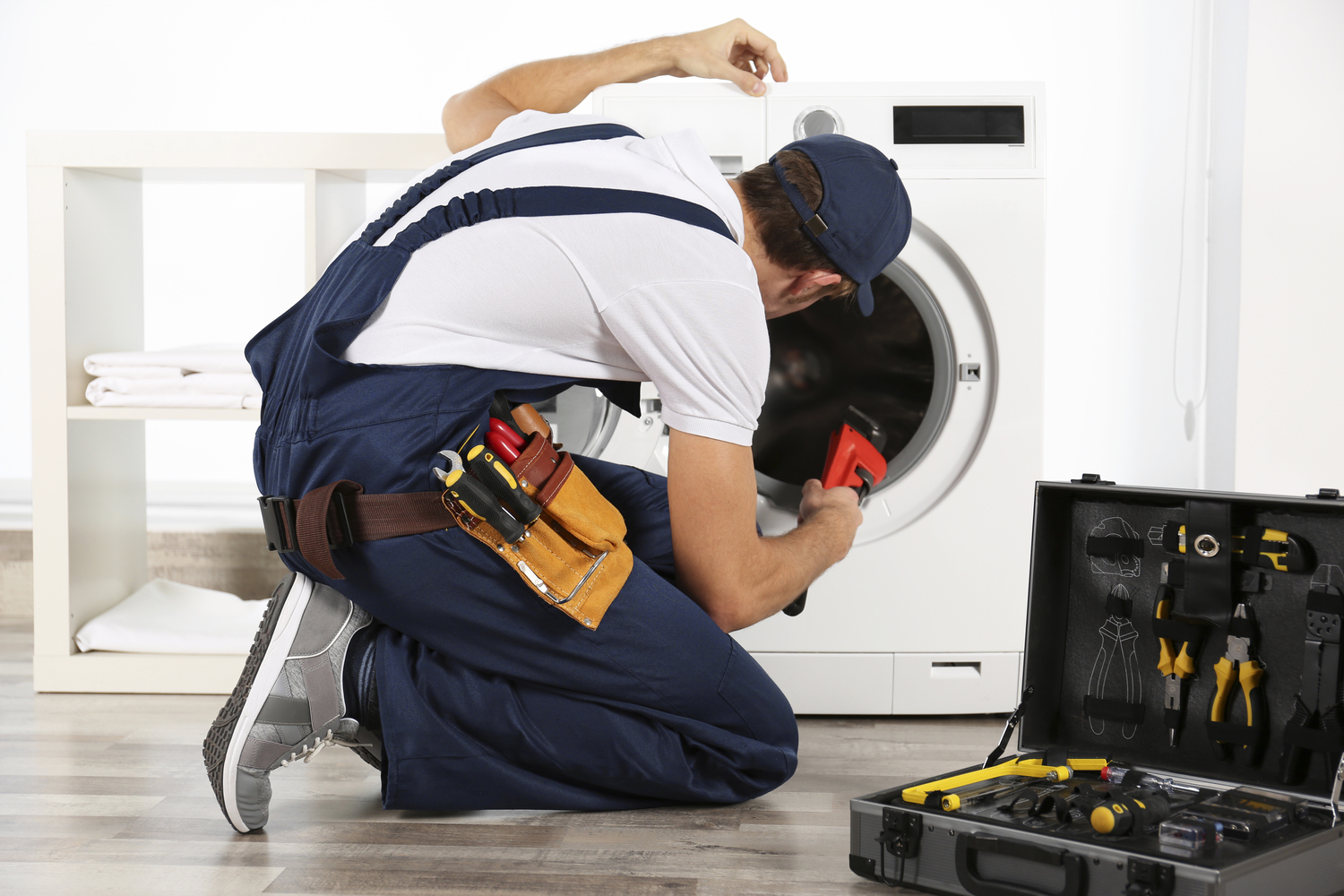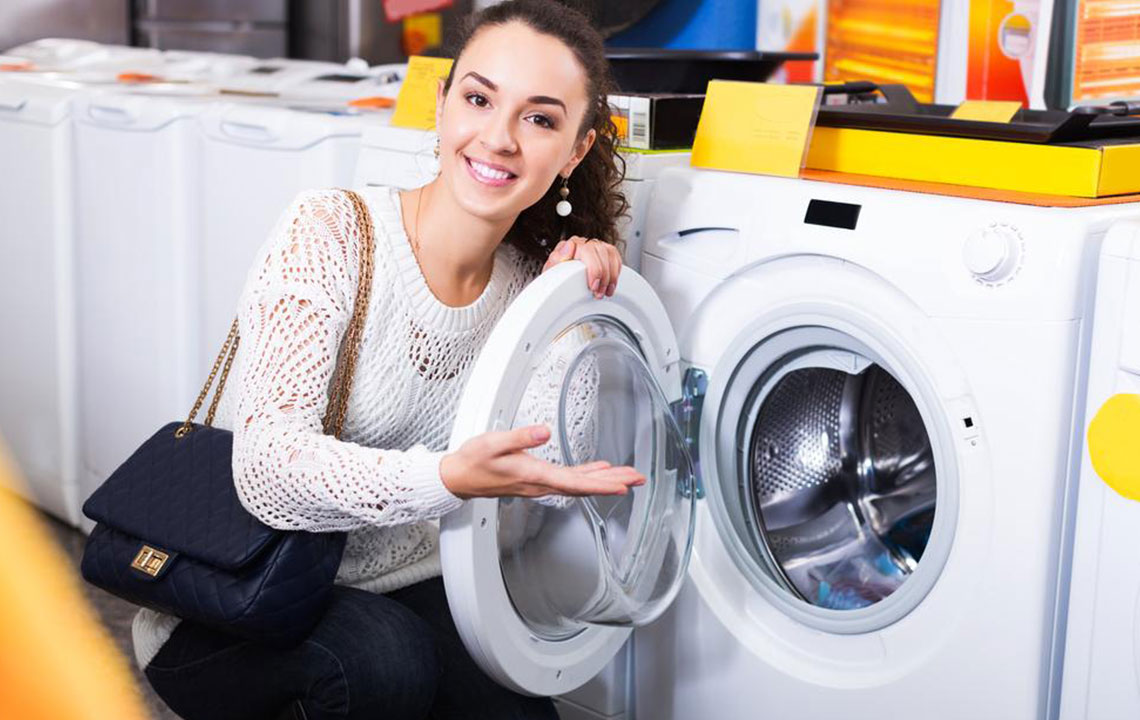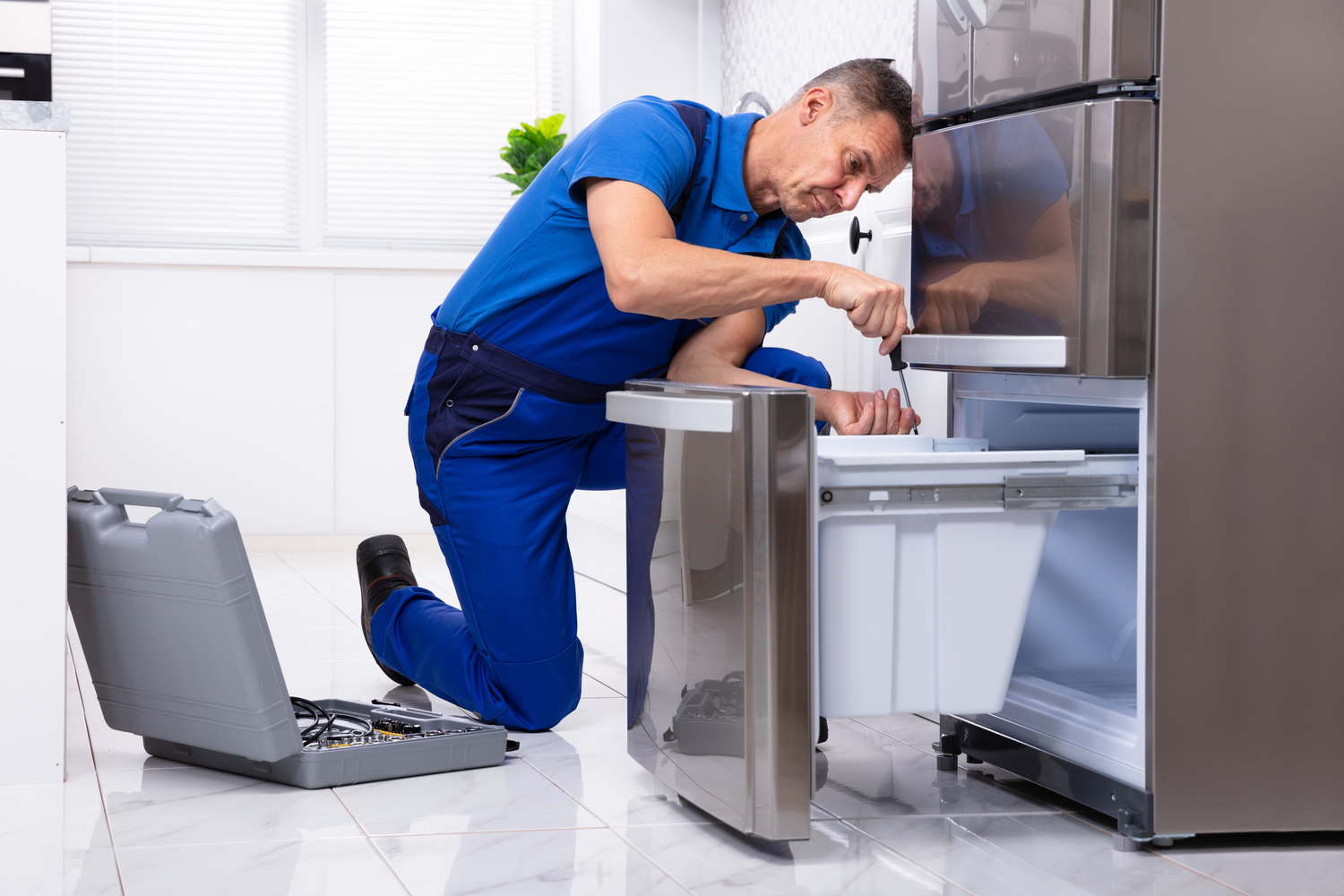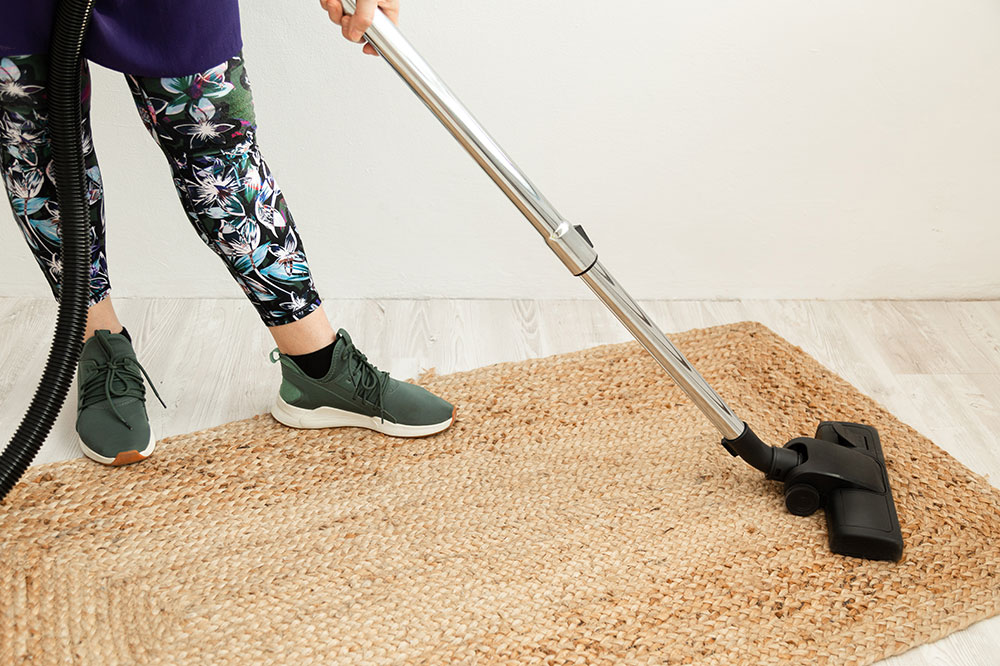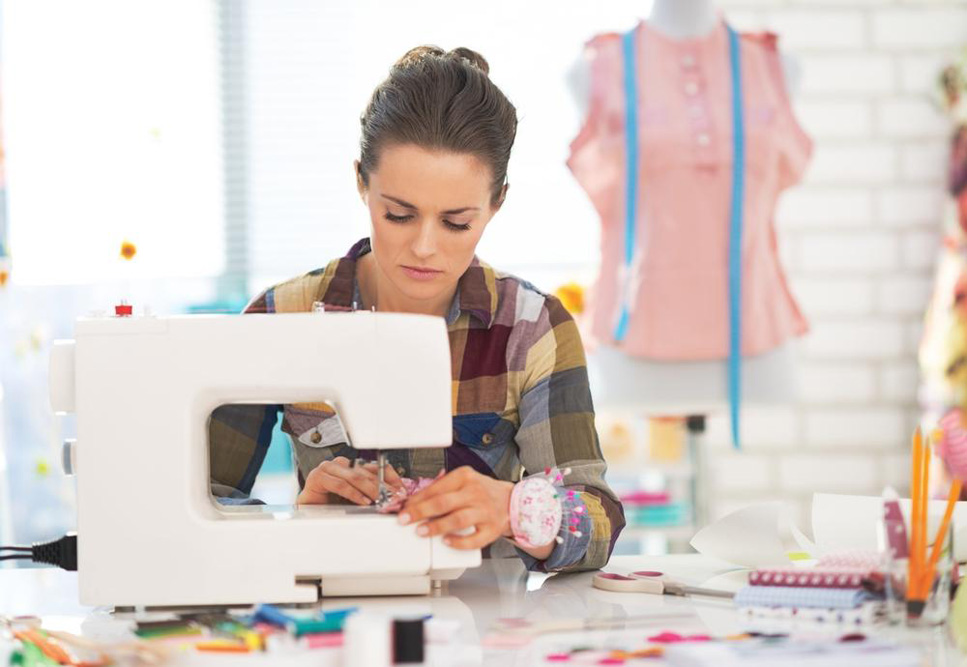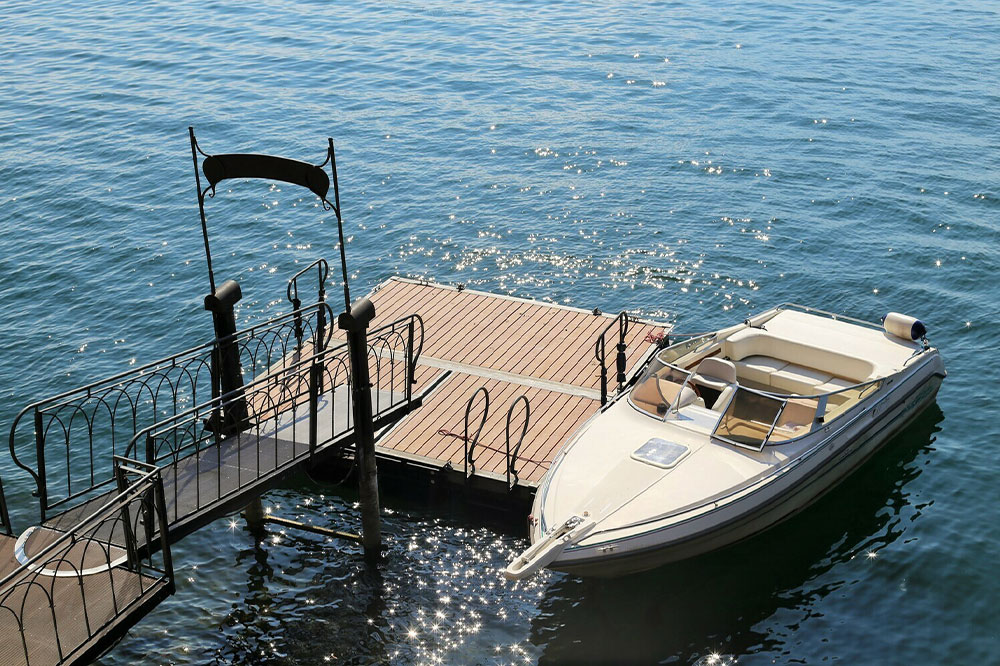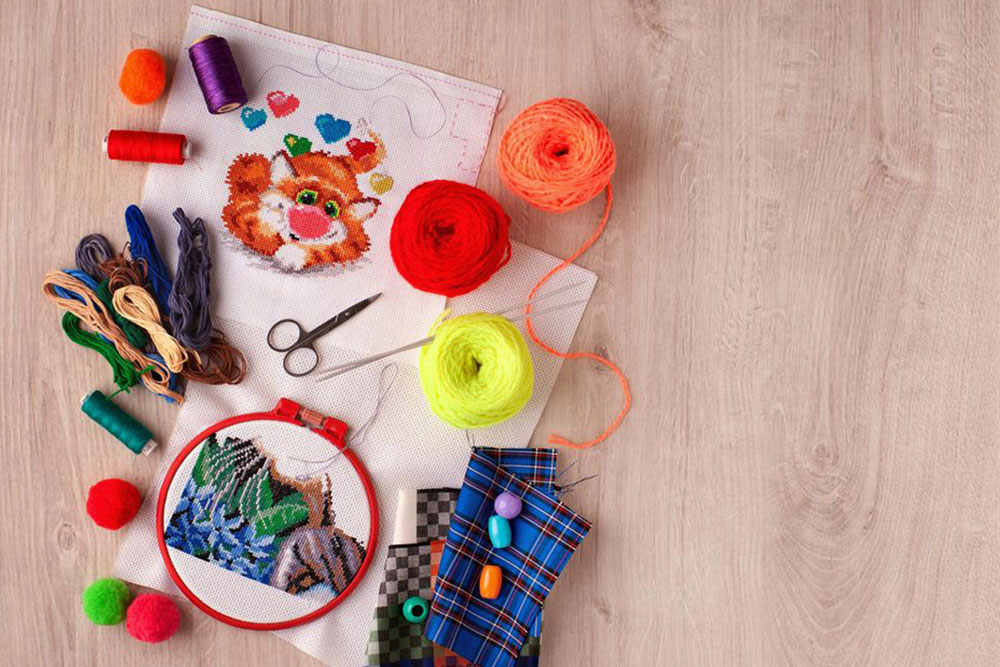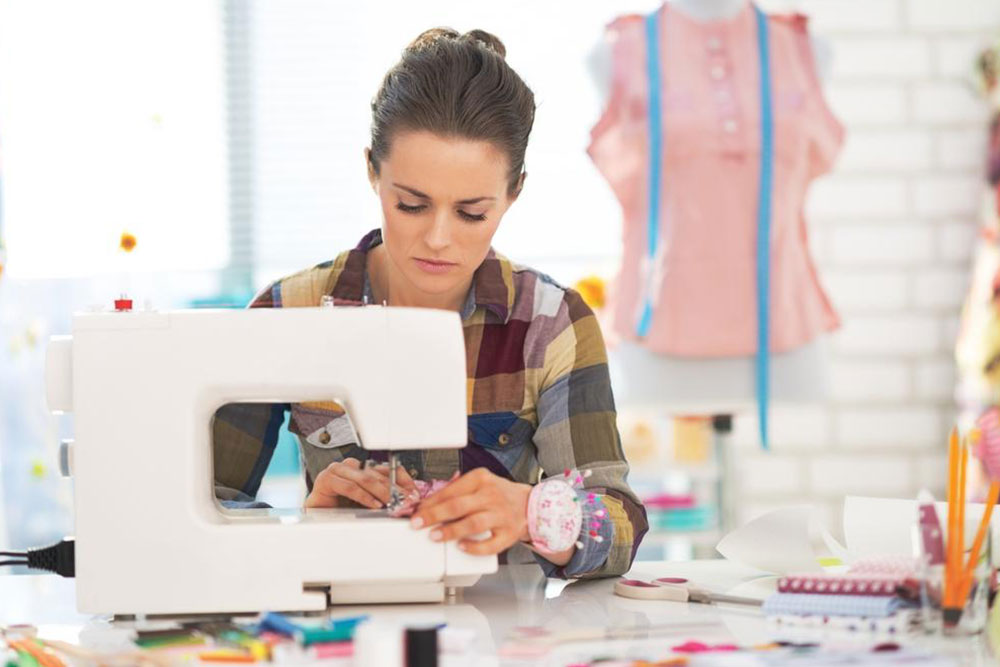Essential Tips for Repairing Your Sewing Machine
Learn essential tips for repairing sewing machines, covering common problems and different machine types, including mechanical, computerized, and electric models. Find practical advice to troubleshoot and find the right professional help, ensuring your machine stays in optimal condition for both home and industrial use.
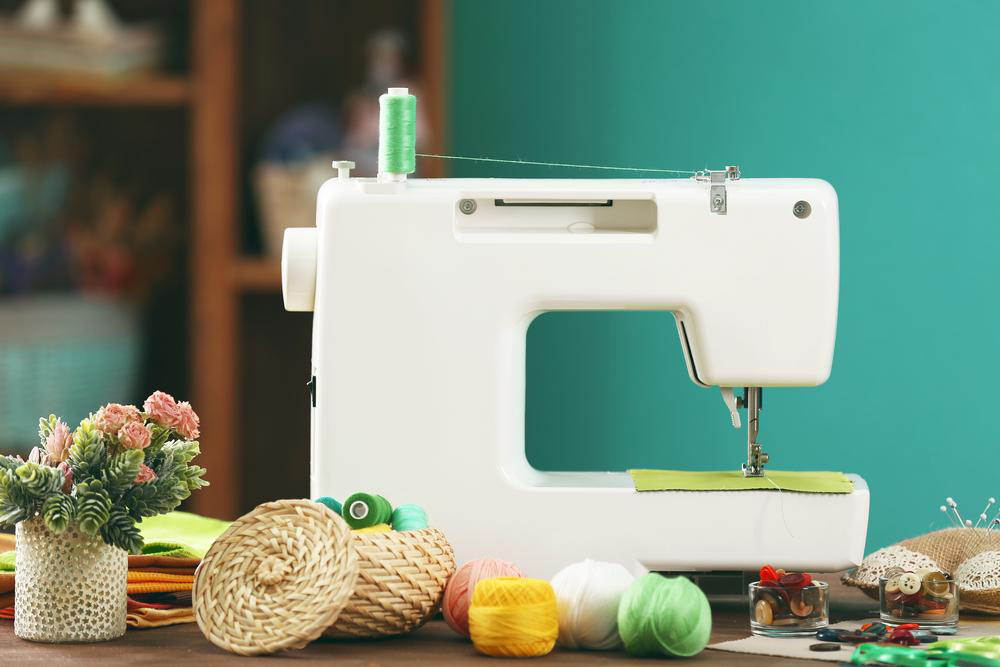
Essential Tips for Repairing Your Sewing Machine
Sewing machines are commonplace in households and industries alike. They allow for efficient stitching of fabrics with thread, revolutionizing clothing production since their inception. Originating during the Industrial Revolution and improved since Thomas Saint’s 1790 invention, sewing machines have become vital to the apparel industry, boosting productivity and precision.
Modern sewing machines vary widely, tailored to their specific uses and environments. Household models are user-friendly, machines designed for personal projects, while industrial types are larger and more complex.
Owning a sewing machine may come with occasional issues. Below are common problems and troubleshooting tips.
Common Sewing Machine Issues
Broken needles
Misaligned or bent presser foot
Needle misalignment
Incorrect presser foot pressure
Loose needle foot
Worn tension disks
Clogged feed dogs
Needle or foot adjustments needed
Though these are typical problems, professional assistance might be required for proper repairs.Types of Sewing Machines
Choosing the right repair specialist depends on your machine type:
Mechanical: Older models operated via knobs and dials, often harder to repair if parts are unavailable. They are basic and less precise but manageable by technicians experienced with vintage machines.
Computerized: Modern, durable, and versatile, capable of intricate embroidery and multiple stitches. Repair experts should have experience with specific models, preferably with familiarity in handling high-tech features.
Electric: Transitional models combining features of older and modern machines, with LCD screens and multiple stitch options. These are widely serviced by many professionals due to their reliability.
Note: Our blog offers broad, practical information across various topics. While our research aims to provide accurate insights, it shouldn’t be considered definitive. Readers should verify details from other sources, especially regarding repair schemes or offers that may benefit them more than our coverage.

